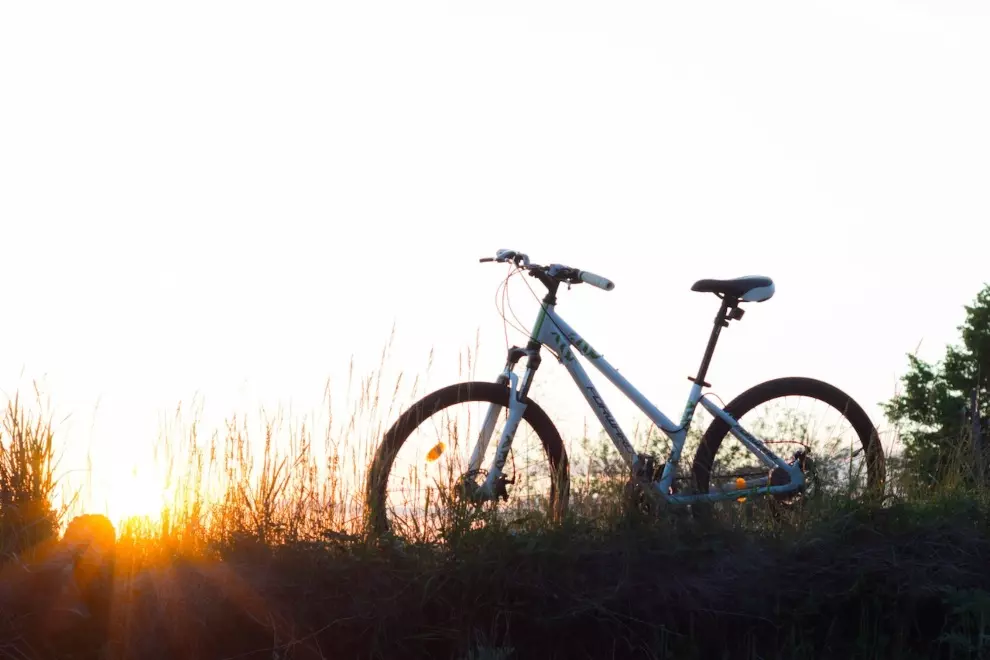From stretched to stable
Fast-forward to 2025, and the lines between race, endurance, and all-road bikes have blurred. Endurance bikes have become the most popular category, taking the best traits from both extremes. They still climb and accelerate quickly, but the geometry is more forgiving, with a slightly taller stack and shorter reach that reduce strain on your back and shoulders.
Meanwhile, race bikes have become more stable and predictable at high speeds, largely thanks to lessons learned from gravel geometry. Longer wheelbases, lower bottom brackets, and wider tyre clearances now make them far more versatile than their 2015 equivalents. You could ride a modern race bike on rough cobbles and still feel in control.
My new road bike has what you would call an endurance frame but it allows for tires as wide as 40 mm. The frame is very stiff but strategically thinner in the back side to absorb more vibrations. In fact, the same frame is being sold as a gravel bike with a different group set and gearing. This just shows how versatile the new geometry is. And I couldn’t be happier, riding my 32 mm tires, having more stiffness thanks to modern carbon and thru-axels, all while being more comfortable and confident than ever whether I ride over cobbles or gravel.
So You Haven’t Bought a Bike in 10 Years – Disc Brakes & Thru-Axles
Micro-suspension and hidden comfort
Endurance bikes have also gained features that simply didn’t exist in 2015. Micro-suspension systems, such as the Future Shock on the Specialized Roubaix or the IsoSpeed system on Trek’s Domane, absorb road vibration without compromising efficiency. Or the leafspring design on the Canyon VCLS 2.0 seatpost. These designs allow the bike to flex slightly under impact, taking the edge off rough surfaces.
It’s not mountain bike suspension but it makes a huge difference on real roads. After a few hours in the saddle, the reduced fatigue is noticeable, and you finish long rides fresher and faster.
Mountain bikes: the bigger transformation
If road bikes have evolved, mountain bikes have practically reinvented themselves. Geometry has changed more in the last ten years than in the previous twenty. Back in 2015, cross-country bikes had steep head angles and short wheelbases that made them fast uphill but twitchy and unstable on descents. Trail bikes were agile but still built around modest suspension travel and conservative geometry that limited how far you could push them.
Today’s XC bikes are a different breed. They’re longer, lower, and slacker with head angles that would have looked extreme a decade ago. Many modern cross-country bikes could rival the handling and descending confidence of 2015 trail bikes.
Trail bikes, meanwhile, have become more capable than ever. With refined suspension kinematics and geometry designed for both climbing and descending, they’ve become true all-rounders that can handle almost any terrain. I took my new trail bike to a bike park, did some pretty harsh trails, small jumps, long cross-country trips, and it felt amazingly fast and stable in all conditions. And this is coming from someone who spent the last 15 years on the road only. It amazed my how forgiving a modern trail bike is even to a relative beginner such as myself.
Clean lines and integration everywhere
And geometry isn’t the only frame-related change. Another big visual and functional change is integration. In 2015, cables and housing snaked around the frame, and cockpit setups were mostly separate pieces. Today, fully hidden cables, one-piece bar-stem combos, and aero-optimised frames are everywhere.
This clean design not only looks great but also improves aerodynamics and reduces maintenance points. It does come with a small trade-off, though. Adjusting your position or swapping bars is now more complicated. Still, the result is a bike that looks fast even when it’s standing still.
So, is it worth it?
After four articles, I think the answer is obvious. The bikes of 2025 aren’t just lighter and prettier, they’re smarter, faster, more comfortable, and safer.
Think about it: electronic shifting that never misses a gear, gearing ranges that make steep climbs manageable, wider tyres that add comfort and speed, and disc brakes that stop with confidence in any weather. Add in modern geometry, micro-suspension, and the clean look of integrated cables, and the leap forward is hard to ignore.
And we haven’t even talked about power meters, now available for under €300, and smart cycling computers bringing pro-level data to everyday riders.
If your last bike was from 2015, it’s not just an upgrade waiting for you, it’s a completely new riding experience. So yes, it’s time. It’s time to get a new bike!


